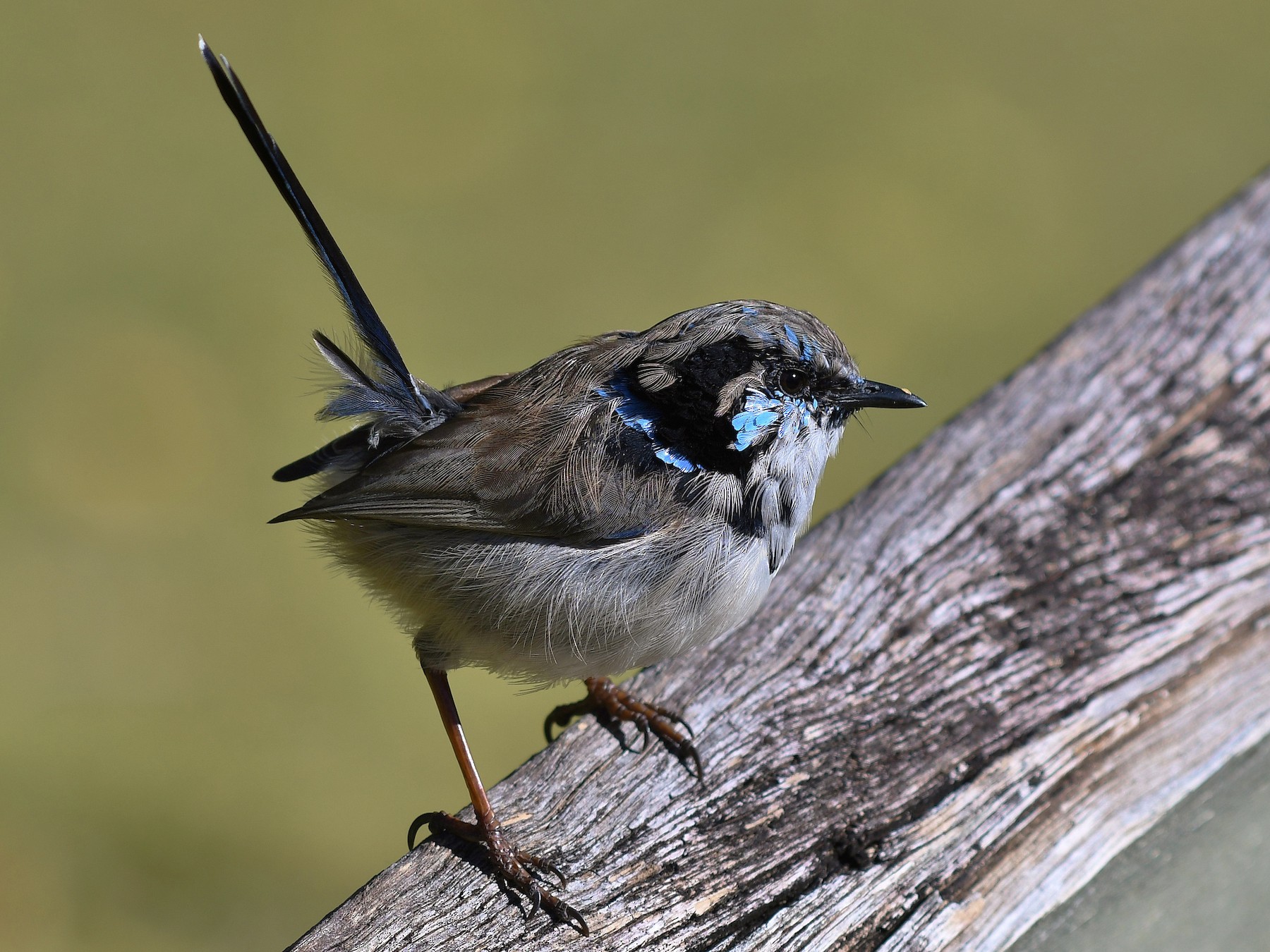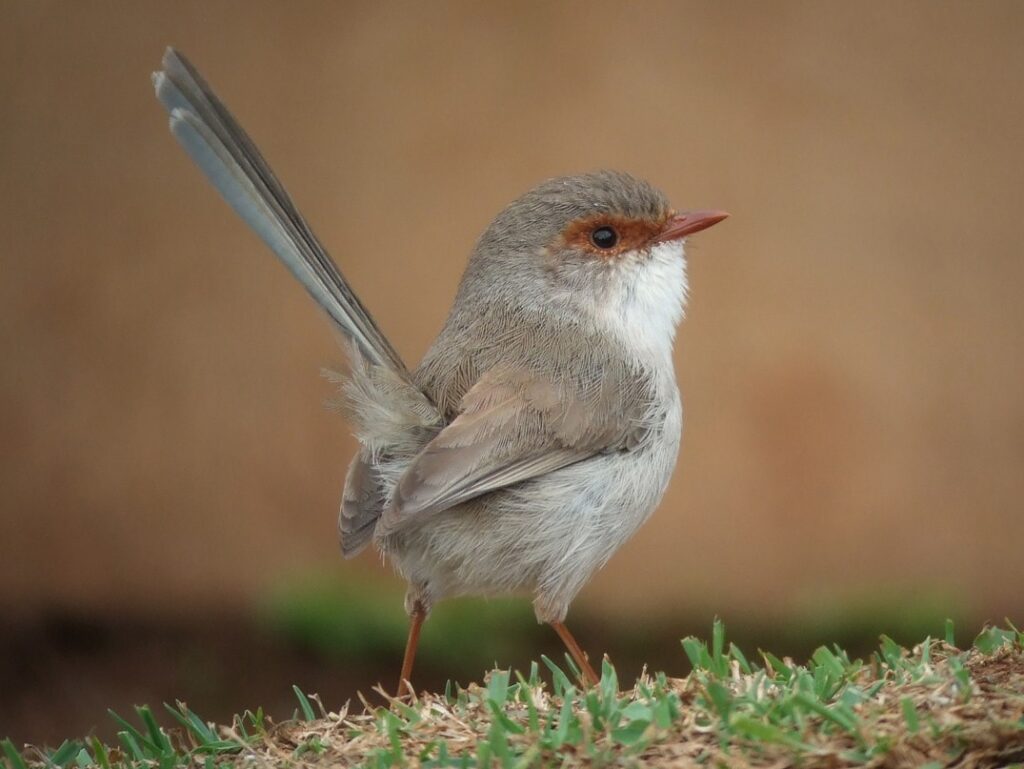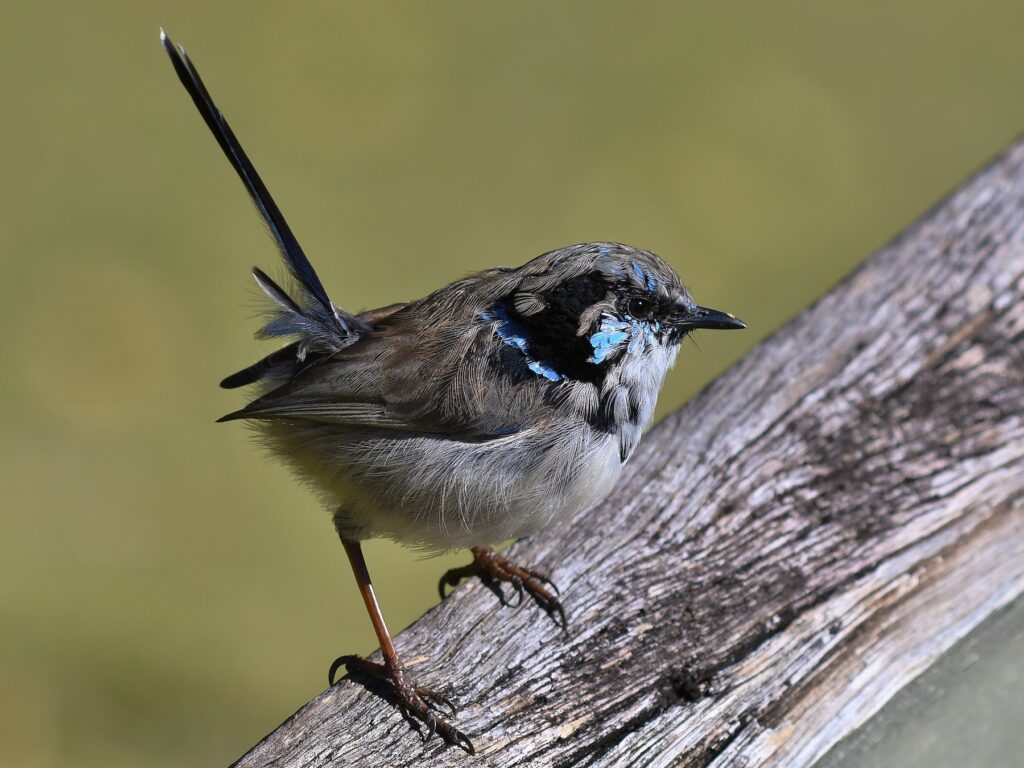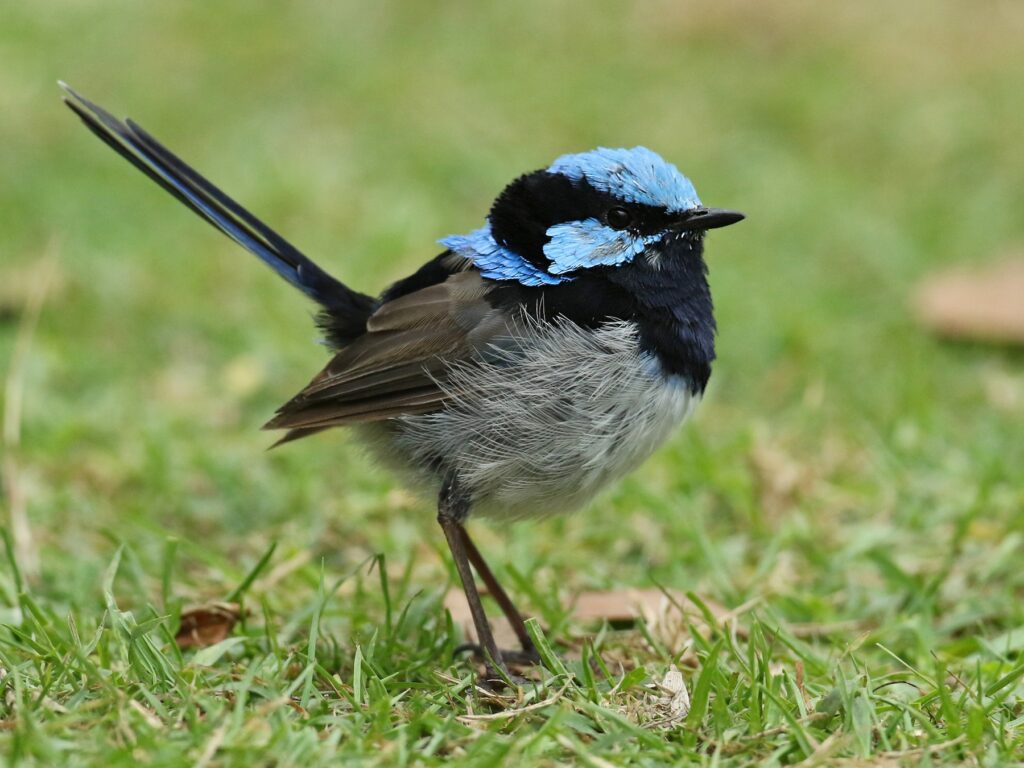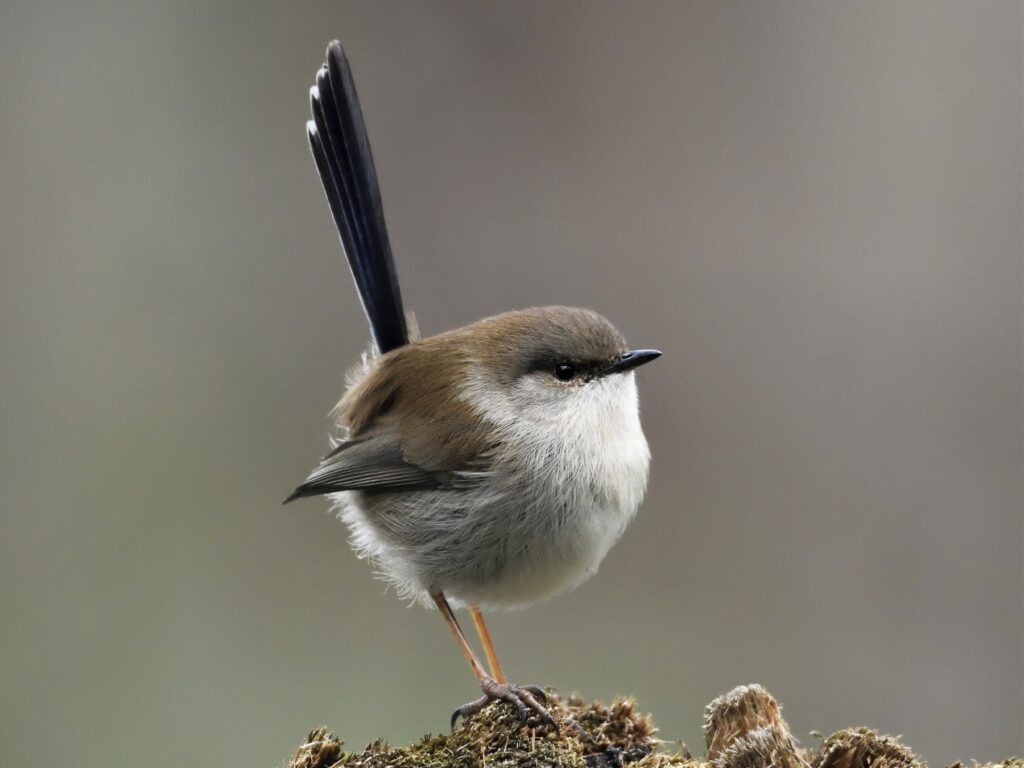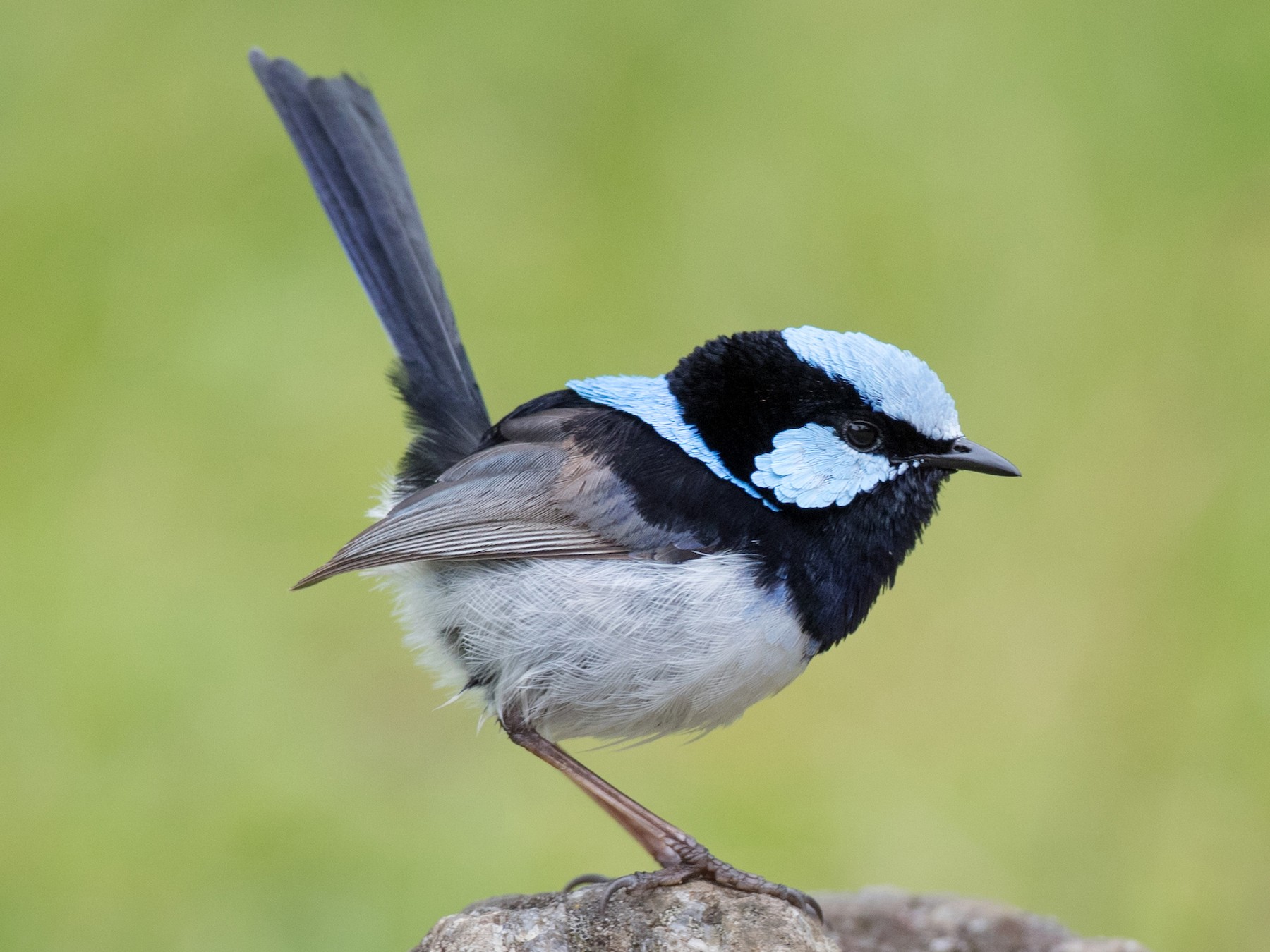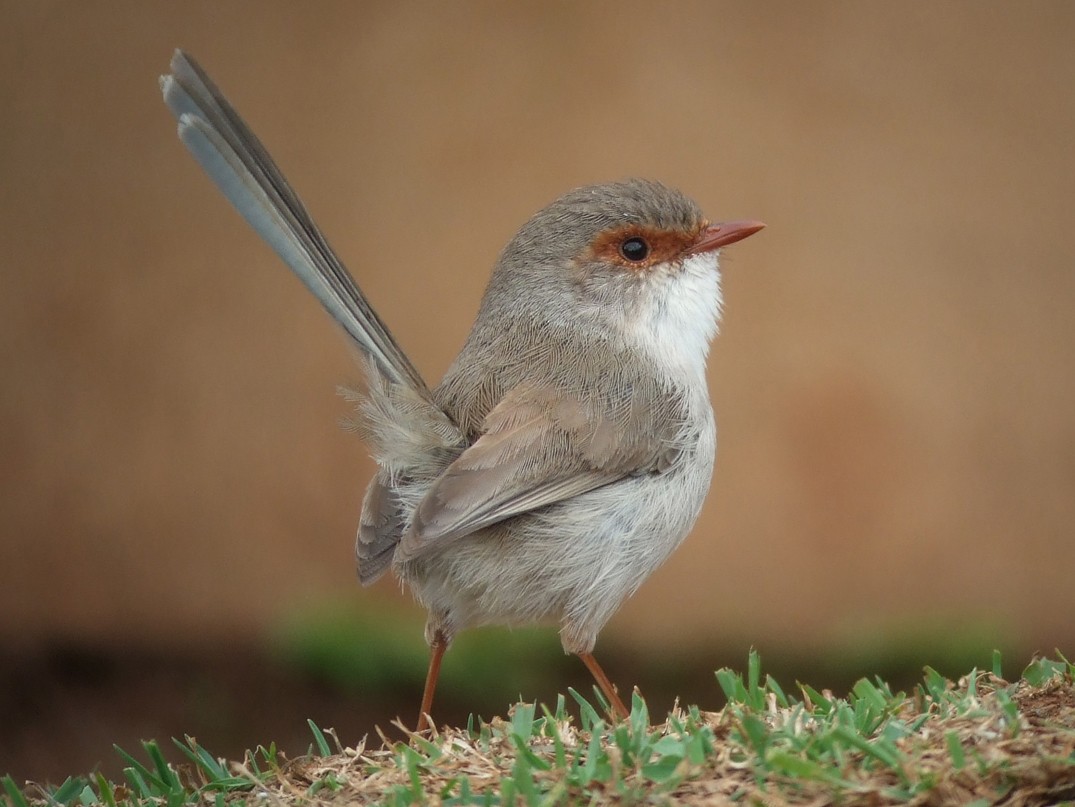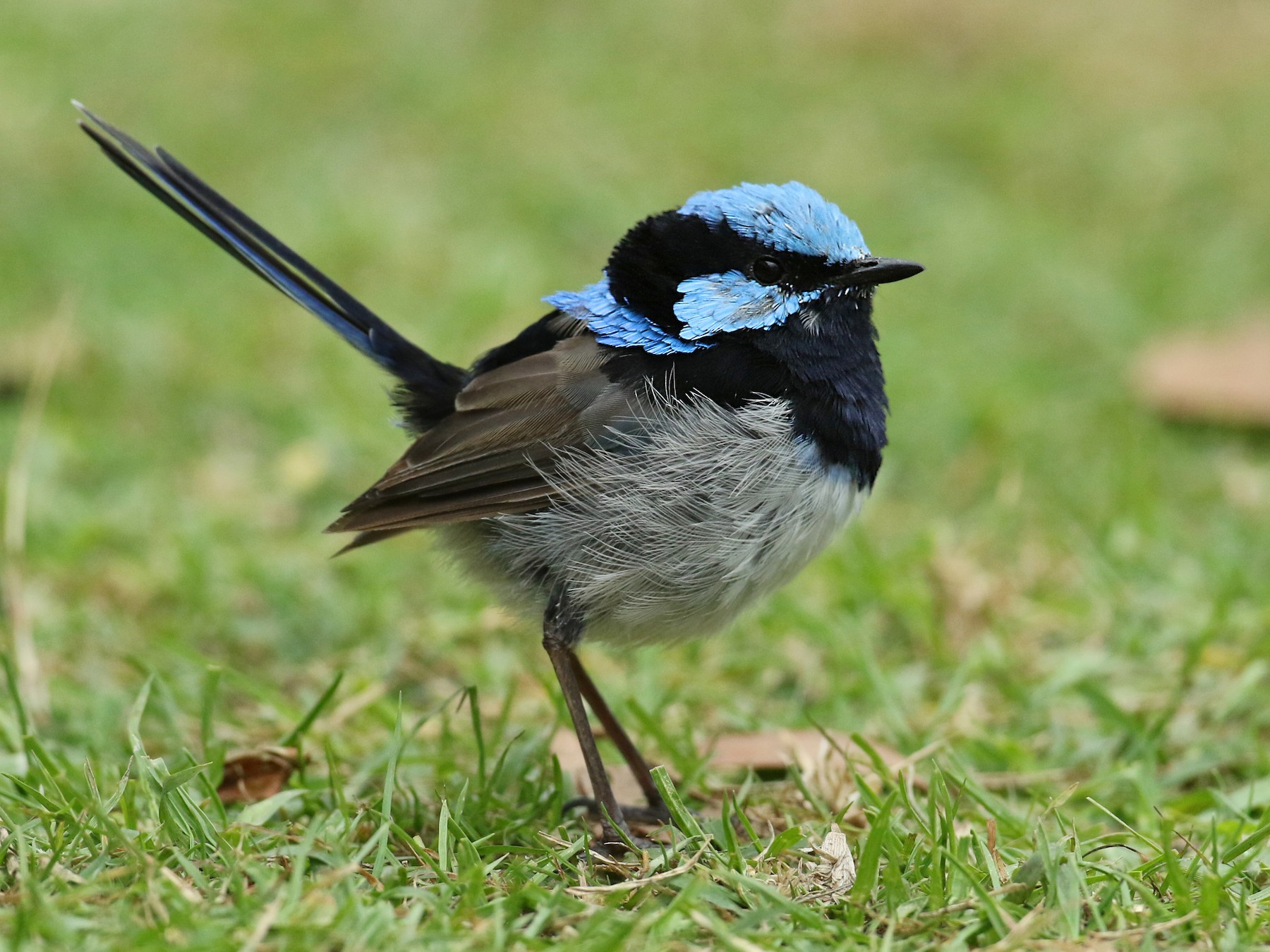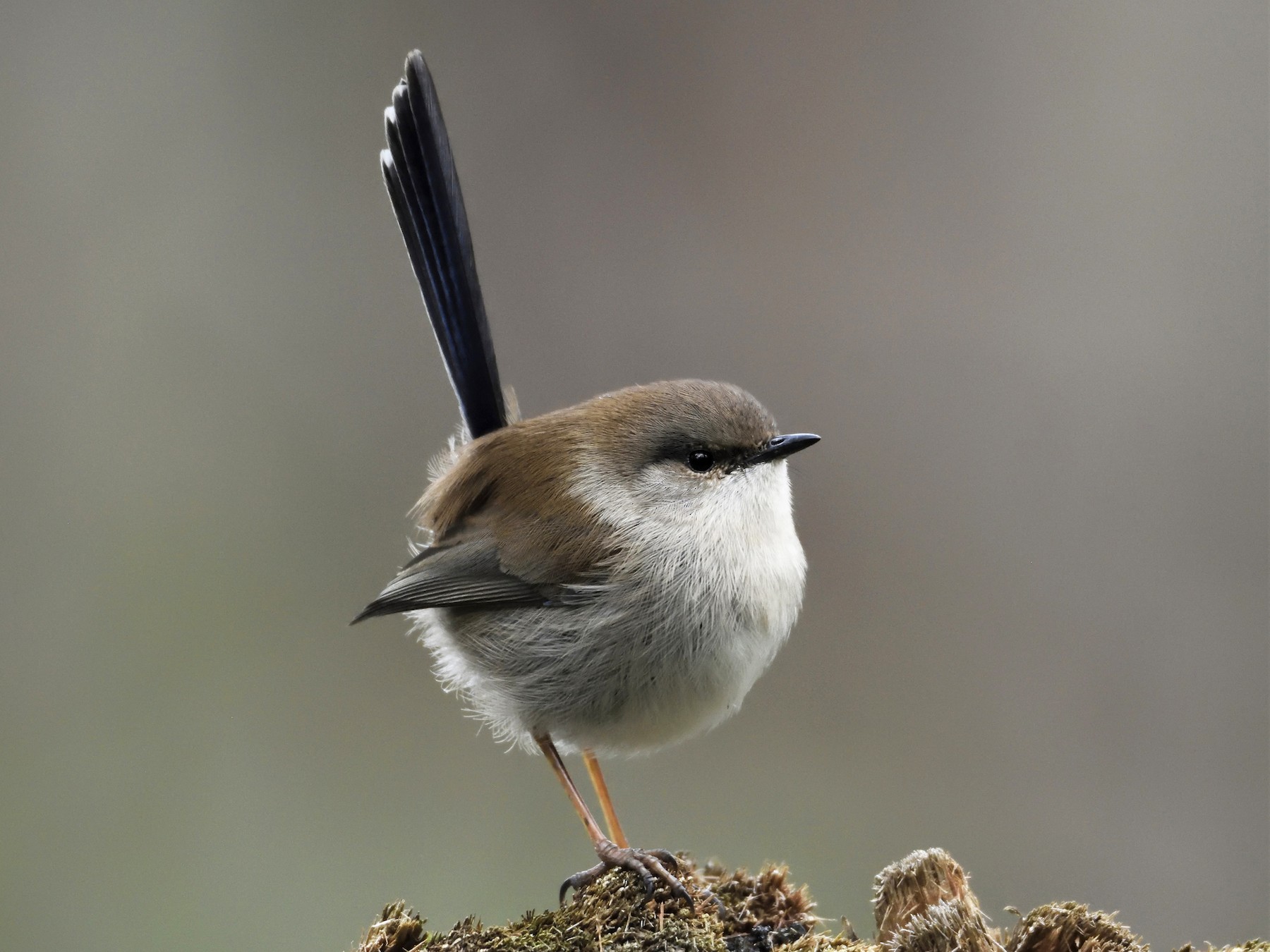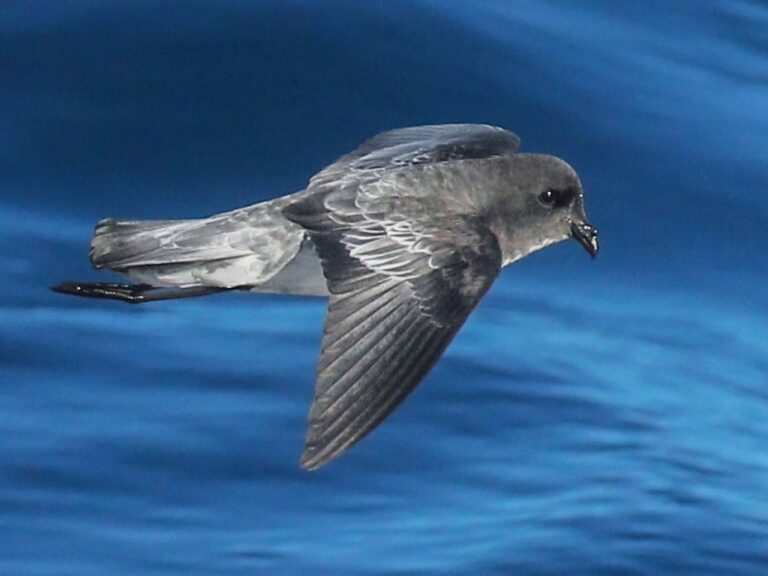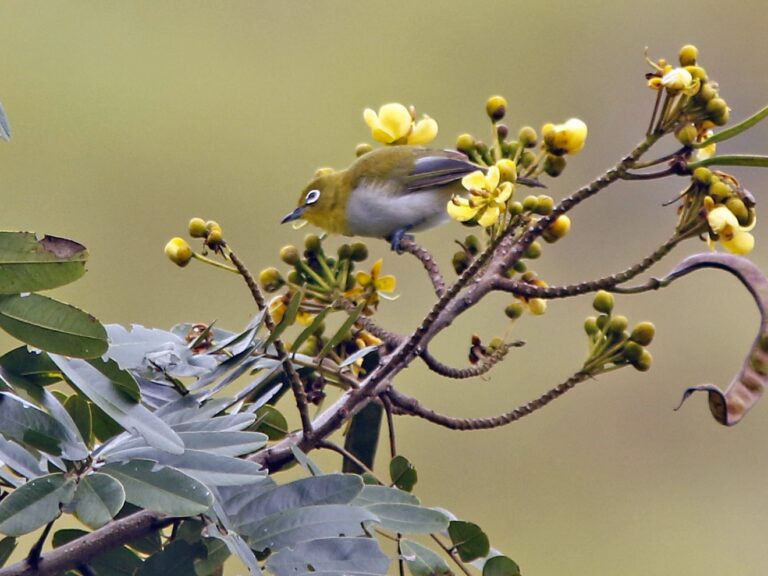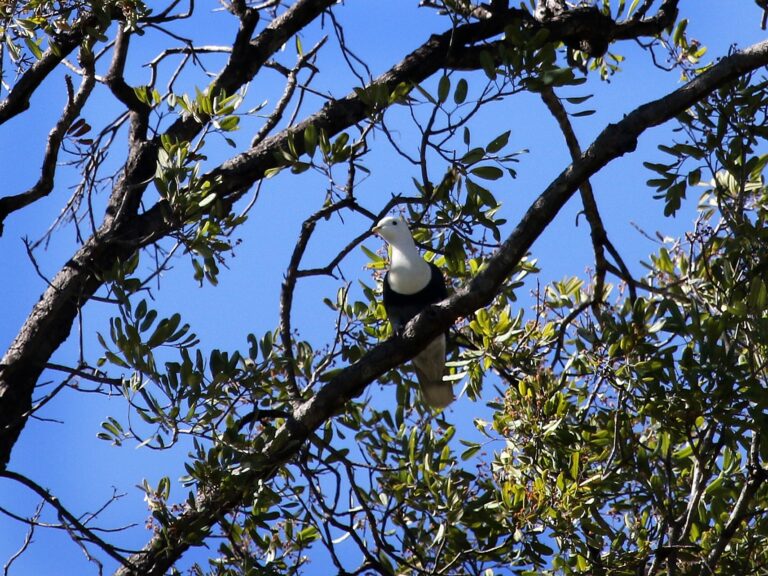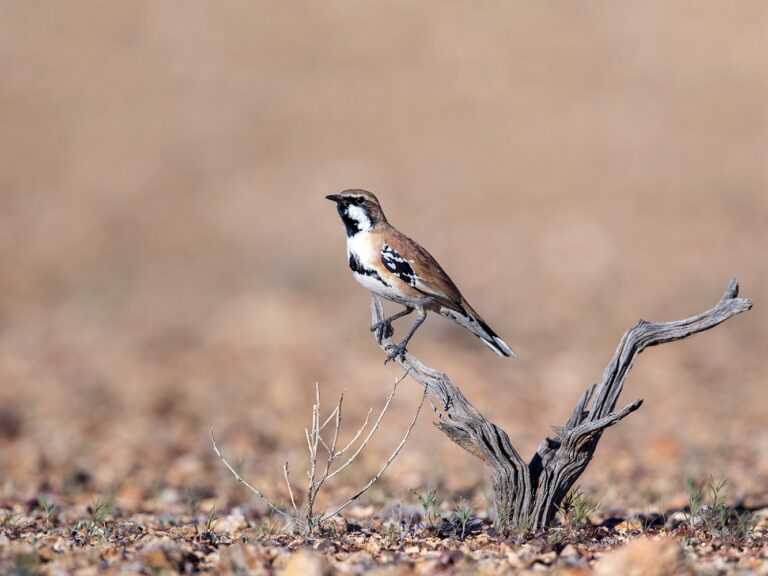Superb Fairywren: A Fascinating Look at Australia’s Dazzling Blue Songbird
The Superb Fairywren is a small, colorful bird native to southeastern Australia. Known for its bright blue tail and striking breeding male plumage, it stands out in open woodlands and dense undergrowth.
This bird is famous for its social behavior, often seen in pairs or groups. Males are known to display unusual mating habits.
Its habitat mainly includes eucalypt forests and gardens. This makes it easy to spot in both wild and urban areas The Superb Fairywren’s lively movements and unique calls add to the charm that has made it well known among birdwatchers and nature lovers.
Key Takeaways
- It lives mostly in southeastern Australia’s open woodlands and gardens.
- Males show bright blue colors during breeding and have complex social behaviors.
- The bird’s lifestyle highlights important aspects of local ecosystems and conservation.
Superb Fairywren Overview
The superb fairywren is a small bird found mainly in southeastern Australia. It is known for its unique family ties, size, shape, and striking colors.
These characteristics help identify this bird easily in its natural habitat.
Taxonomy and Classification
The superb fairywren (Malurus cyaneus) belongs to the Maluridae family. This family includes small, insect-eating birds known as fairywrens.
It is part of the passerine group, which means it is a perching bird. Scientists have studied this bird extensively to confirm its place in the bird family tree.
The superb fairywren is closely related to other fairywrens found in Australasia. It shares many behaviors and looks with these relatives.
This species is well adapted to urban and rural environments across southeastern Australia. It often lives where there is some thick undergrowth for cover.
Physical Characteristics
The superb fairywren is a small bird, typically measuring about 14 cm from head to tail. It has a long tail that is usually held upright.
The bird’s body is compact and suited for quick movements in dense bushes. Males and females show clear differences, especially during the breeding season.
Males grow striking blue feathers, while females and young birds have softer brown colors. The bird’s legs and beak are small and finely shaped.
Its size and shape allow it to move quickly while hunting insects. The bird’s long tail and short wings give it good agility.
This helps it escape predators and search for food in thick shrubs.
Distinctive Plumage
The superb fairywren’s plumage changes between breeding and non-breeding seasons. Breeding males develop bright blue feathers on their heads, backs, and tails.
This blue color is pale and shiny, making them stand out. Non-breeding males, females, and juveniles have mostly brown feathers with some blue highlights.
The juveniles often have brown tails rather than the blue tails seen in adults. This plumage helps with camouflage.
The contrast between male and female colors is clear and helps in identifying their roles during breeding. The bright blue signals a male’s readiness to mate.
This feature is important in their social and territorial behavior.
For more about its colors and form, see the detailed description of the Superb Fairywren on Wikipedia.
Habitat and Distribution
The Superb Fairywren lives in many parts of eastern and southeastern Australia. It prefers certain types of environments and has adjusted well to living near people in some cities.
Geographic Range
The Superb Fairywren is found mostly in eastern Australia, including Tasmania and the southeastern corner of South Australia. Its range stretches from areas south of the Tropic of Capricorn down to the cooler southern regions.
It is common in states like New South Wales, Victoria, and Tasmania. The bird also appears in parts of Queensland and South Australia where suitable habitats exist.
Preferred Environments
This bird favors open eucalypt forests and woodlands. It also lives in shrublands and places with dense undergrowth.
The ground cover is important because it provides protection from predators. The bird can also be found in temperate forests and subtropical moist lowland areas. It often uses thick shrubs and bushes as shelter and nesting sites.
Urban Adaptation
The Superb Fairywren has adapted well to urban and suburban areas. It is common in cities like Sydney, Melbourne, Canberra, and Brisbane.
In cities, it uses gardens, parks, and areas with exotic plants and shrubs like lantana. This ability to live close to humans helps it survive despite habitat changes caused by farming and development. More details are available on its urban adaptation and habitat.
Behavior and Social Structure
The Superb Fairywren shows complex social habits. Its behavior includes strong family bonds, cooperative care of young, clear territorial defense, and specific ways of finding and sharing food.
These patterns help the birds survive and reproduce in their environments.
Breeding Habits
Superb Fairywrens are socially monogamous, meaning a male and female form a pair bond during the breeding season. However, genetic studies show that offspring often have multiple fathers due to extra-pair mating.
Females lay eggs in well-hidden nests, and incubation lasts about two weeks. Both parents and helpers in the group feed the chicks. Mating usually occurs during spring and early summer when food is more abundant. Nest sites are carefully chosen to avoid predators.
This mix of social monogamy and extra-pair mating helps maintain genetic diversity in the population.
Cooperative Breeding Groups
These birds live in small groups that include the breeding pair plus helpers, often offspring from previous seasons. Helpers assist by feeding chicks and defending the territory. This cooperative system improves the care young birds receive. Helpers benefit by gaining breeding experience, learning group roles, and increasing survival odds of siblings.
Groups tend to be stable, with members recognizing and responding strongly to calls from those within their own breeding group. This multilevel social structure supports cooperation and reduces conflicts within groups.
Territorial Behavior
Superb Fairywrens defend their territory aggressively during breeding seasons. They use loud songs and displays to warn off intruders. Territories are vital for raising young safely and accessing food. Boundaries are maintained by repeated vocal and physical threats.
Different group members participate in defense, showing coordination and cooperation. Outside breeding seasons, territorial behavior is less intense. Groups may tolerate more overlap during these times.
Feeding Practices
The diet mainly consists of insects like beetles, caterpillars, and ants. Birds forage on the ground and in low shrubs. Group members share knowledge about food sources. Helpers assist dominant birds by searching and catching prey.
Feeding is usually active early in the morning and late afternoon. The cooperative care extends to helping distribute food to all group members, especially feeding young.
This feeding strategy supports their high energy needs due to constant movement and singing. For further details on social behavior and cooperation, see research on multilevel social structure in superb fairy-wrens.
Life Cycle and Development
The Superb Fairywren has a detailed and specific life cycle that includes nest building, egg incubation, and juvenile growth. Each stage involves behaviors that are important for the survival and development of the young birds.
Nesting Process
Superb Fairywrens build small, dome-shaped nests. These nests are made mostly of grass and spiderwebs, which hold the structure together. They place nests low in dense bushes or shrubs. This helps protect eggs and chicks from predators.
Usually, the female chooses the nesting site and does most of the building. The male and other group members may help with gathering materials. Nests are often well hidden to increase safety. The clutch size ranges from two to four eggs. The eggs are small and pale, often with some spots or markings that blend with the surroundings.
Egg Incubation
The female incubates the eggs for about two weeks. During this time, she keeps the eggs warm and safe by sitting on them most of the day. The male and other helpers may bring food to the female while she stays on the nest. Egg incubation requires careful balance.
The female must leave the nest briefly to find food but returns quickly to prevent the eggs from cooling. The shared effort by group members supports the female during this period.
Once the eggs hatch, the chicks are small and helpless. They need constant care and feeding from the parents and helpers.
Juvenile Growth
After hatching, juvenile Superb Fairywrens grow quickly. They remain in the nest for roughly 10 to 14 days. During this time, all adults in the group help feed the chicks. The young birds are fed a diet mainly of insects and small invertebrates. This high-protein diet supports rapid growth. Once they leave the nest, juveniles stay with their family group for several weeks.
They learn important survival skills like foraging and avoiding predators. It takes a few months for juveniles to develop adult feathers. Males will eventually show bright blue breeding plumage, while females keep their duller colors. This stage is vital for preparing the young birds for independence. For more information, see details on the Superb fairywren nesting process.
Conservation and Threats
The superb fairywren faces several challenges that affect its survival. Its population remains stable but is influenced by natural predators and human impacts.
Efforts to protect its habitat and control threats help maintain its numbers.
Population Trends
The superb fairywren is listed as Least Concern by the IUCN, meaning its population is currently stable. It is common and widespread in Australia, especially in scrub and woodland areas. However, local declines can occur due to habitat loss.
Urban development and land clearing reduce the areas where they can live and breed.
Their numbers drop in places with less dense vegetation. Populations tend to recover if suitable habitat returns. Conservation of native plants supports stable populations in both rural and suburban areas.
Predators and Risks
Major predators include Australian magpies, butcherbirds, and laughing kookaburras. These birds often prey on eggs and young fairywrens. Domestic and feral cats are also significant threats through hunting. Habitat destruction is another risk.
Grazing livestock and feral herbivores damage the undergrowth where fairywrens build nests. This loss of cover makes them more vulnerable to predators. Climate change has potential impacts too. Heatwaves and habitat shifts may reduce suitable living areas, especially for related species like the purple-crowned fairywren.
Conservation Initiatives
Protection of habitats remains a priority. Efforts include controlling feral cats and herbivores to reduce damage to vegetation. Some areas have restrictions on grazing to help restore undergrowth. Community programs encourage planting native shrubs and grasses.
These provide shelter and food for fairywrens, aiding breeding success. Monitoring populations helps. Tracking changes in numbers and habitat quality supports better management decisions. National Parks and wildlife groups often lead these efforts.
Supporting native vegetation and reducing predator numbers are key to sustaining superb fairywren populations long term. For more details on these challenges and efforts, see the Australian Wildlife Conservancy.
Frequently Asked Questions
The Superb Fairywren shows clear differences between males and females, especially during breeding. It uses distinct calls and chooses specific places to build nests.
Its presence across Australia is steady, and its breeding habits include unique social behaviors. Size comparisons highlight its place among small passerine birds.
How can one differentiate between male and female Superb Fairywrens?
During the breeding season, males have bright blue and black plumage on their heads, backs, and tails. Outside this time, males look duller and more similar to females, which have mainly brown and grey feathers all year.
What does the Superb Fairywren’s call sound like?
The call is a series of high-pitched, thin notes often described as a short, rapid trill or chit. These calls help keep groups in contact and warn of nearby threats.
Where do Superb Fairywrens typically build their nests?
They make small dome-shaped nests low in dense shrubs or grasses. These nests are well-hidden to protect eggs and chicks from predators.
Is the Superb Fairywren a common species across its habitat?
It is the most widespread Fairywren species in Australia. The species adapts well to gardens, forests, and scrublands.
Do Superb Fairywrens practice monogamy?
They usually form cooperative breeding groups. A dominant pair breeds, while others help care for the young.
How do the sizes of Superb Fairywrens compare to other small passerine birds?
They are small, about 14 centimeters long, including their long tails. Their size is typical for small passerines.
Learn more at Superb City Wrens FAQ.
